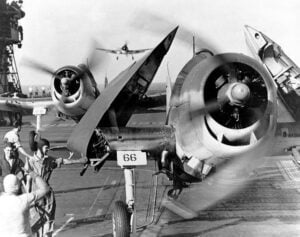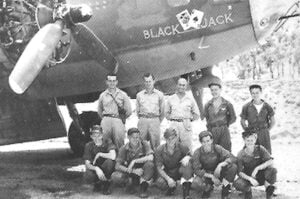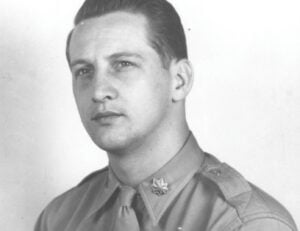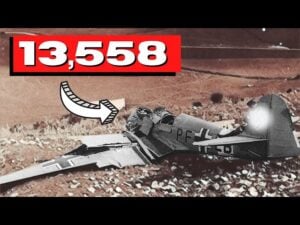Why Veterans Preferred the B-25 Even Though the A-26 Was Considered Superior

US Warplanes / YouTube
During the vast air war of the 1940s, new aircraft were constantly developed to outmatch the enemy. Yet, for many who served, performance alone was not what made a plane truly great. One such case was the North American B-25 Mitchell and its successor, the Douglas A-26 Invader. On paper, the A-26 was faster, sleeker, and more advanced. But for countless veterans, the older B-25 remained the aircraft they trusted most.
The B-25’s Wartime Reputation
The B-25 was not the fastest or most heavily armed bomber, but it built its reputation through reliability. It served across many theaters, from Italy’s skies to Burma’s jungles, and was central to the famous Doolittle Raid over Tokyo in 1942. With a crew of six, twin engines, and a strong airframe, it could take severe damage and still return home.
Pilots described it as dependable and forgiving. In a war where each mission risked lives, this sense of security created a strong bond. The aircraft became more than a machine; it was a trusted partner that could endure hardship and still deliver its crew back safely.
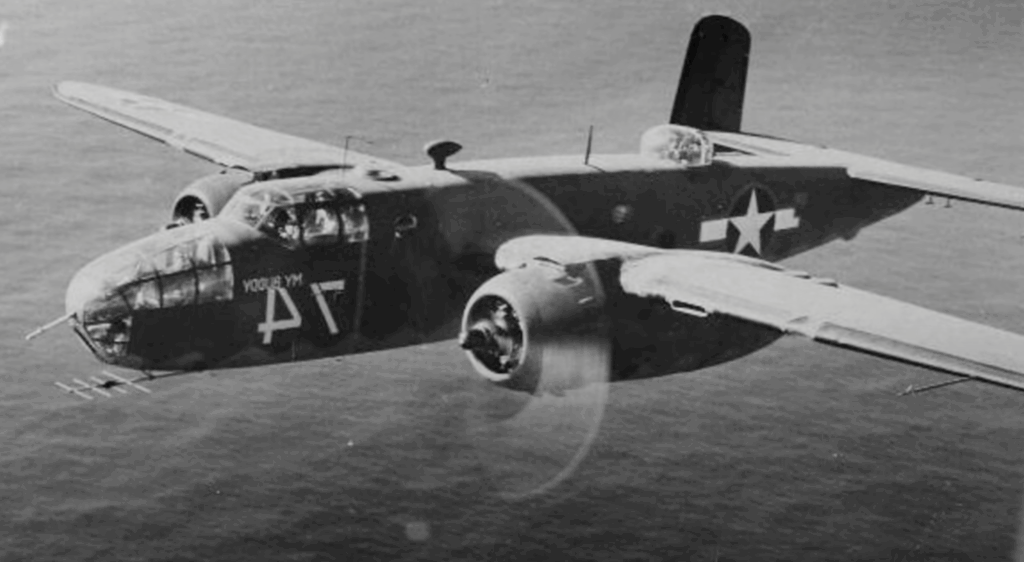
Arrival of the A-26
By 1944, the A-26 Invader entered service. It was smaller, faster, and required only three crew members. Capable of exceeding 350 miles per hour, carrying heavier bomb loads, and equipped with concentrated firepower, it represented the future of light bombing. Commanders praised its efficiency, while engineers admired its design.
However, for many veterans, the A-26 lacked the familiarity of the B-25. Crews were being asked to replace an aircraft they had flown through danger countless times with one that, though modern, had no shared history with them.
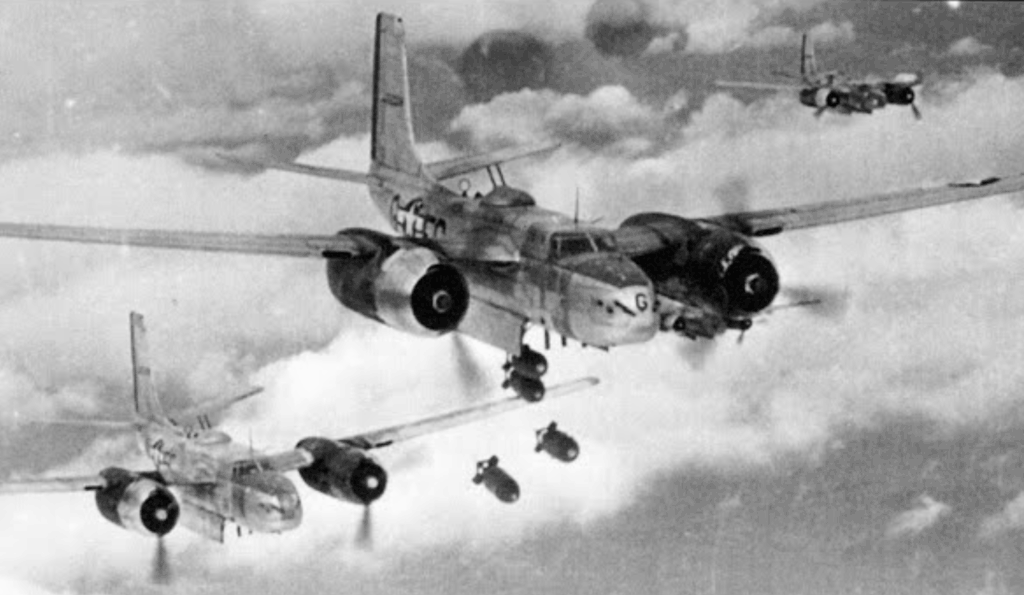
Emotional Bonds in Combat
War veterans often said the B-25 felt like “home.” It could be patched in the field, land on rough strips, and still get back in the air. Its open cockpit allowed more space and visibility, and with six men aboard, there was strong camaraderie. Every mission was a shared experience.
By contrast, the A-26’s reduced crew size meant fewer personal connections on board. Its remote gun controls and tighter cockpit gave it an efficient but less personal feel. For gunners, losing manual positions meant losing part of their role in the mission’s outcome.
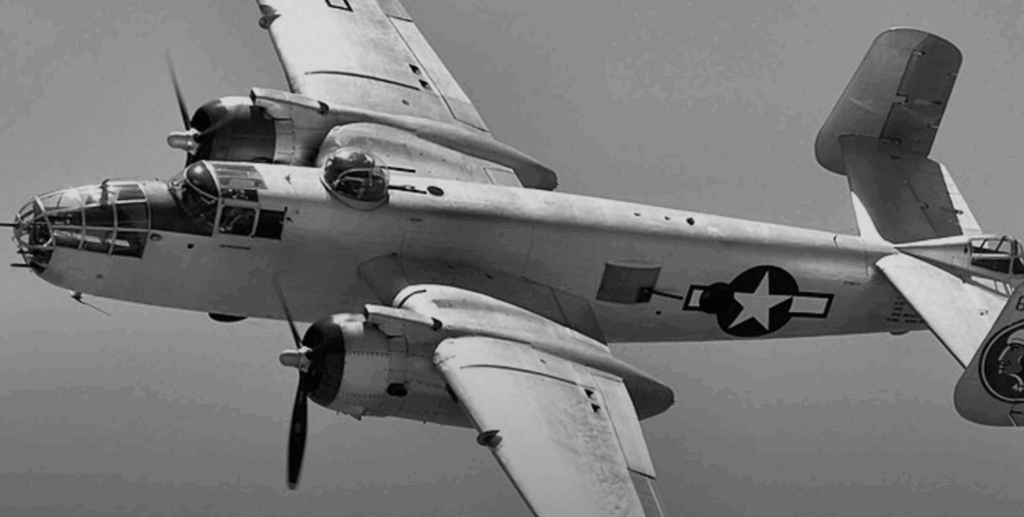
Technical vs. Practical Performance
The A-26 had superior engines, higher altitude capability, and greater agility. It was designed for a changing war, but in practice, crews sometimes found it less forgiving during field repairs. Mechanics who could improvise fixes on a B-25 often found the Invader more demanding. Some said it lacked the “soul” of its predecessor.
The Air Force gradually phased out the B-25, but in many squadrons, crews resisted the transition. The older bomber had survived missions under extreme conditions, building trust in a way performance charts could not measure.
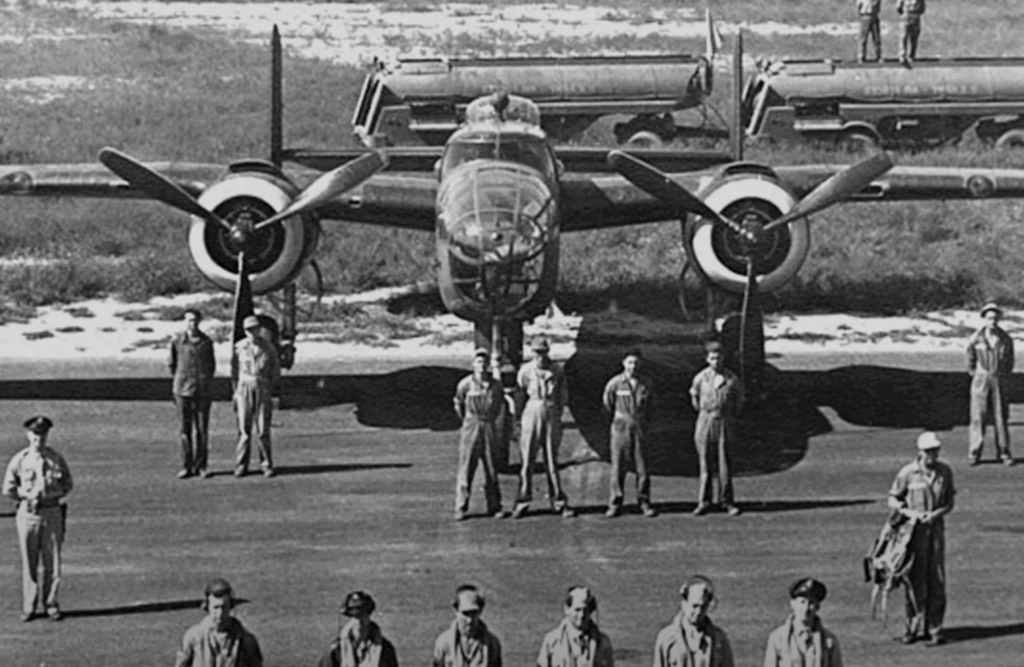
Lasting Legacy of the Mitchell
After the war, both aircraft saw continued service, but the B-25’s reputation endured more strongly. Veterans returning home spoke of moments when the Mitchell kept flying after heavy damage, or when its engines carried them over mountains despite losing power. Such experiences became central to how it was remembered.
In later decades, B-25s became staples at air shows and museums. Restored examples were displayed with the same nose art and markings they had in service. Visitors could see the pride in the faces of veterans standing beside them, touching the metal as if greeting an old friend.
While the A-26 achieved much in later conflicts, it never inspired the same emotional reverence. The Mitchell had been there in the early years, shaping the memories of those who flew it. It was not simply about which aircraft was better—it was about which one had already proven itself when survival was uncertain.













